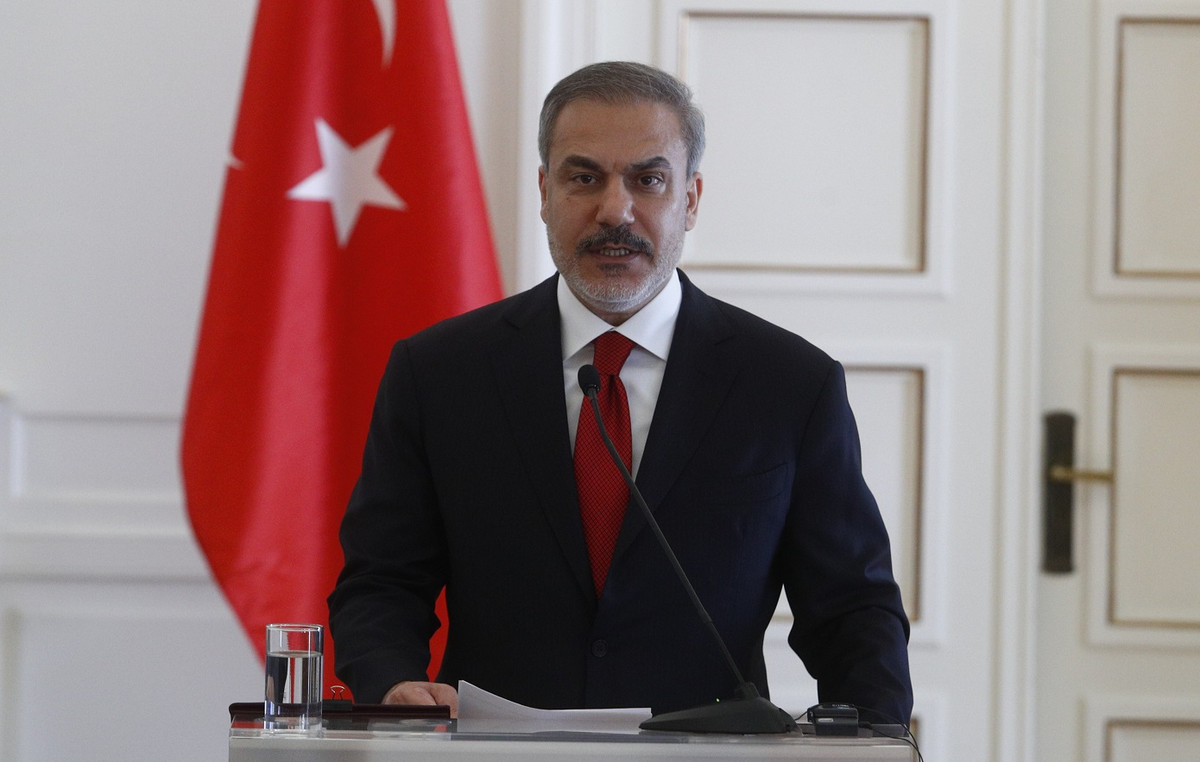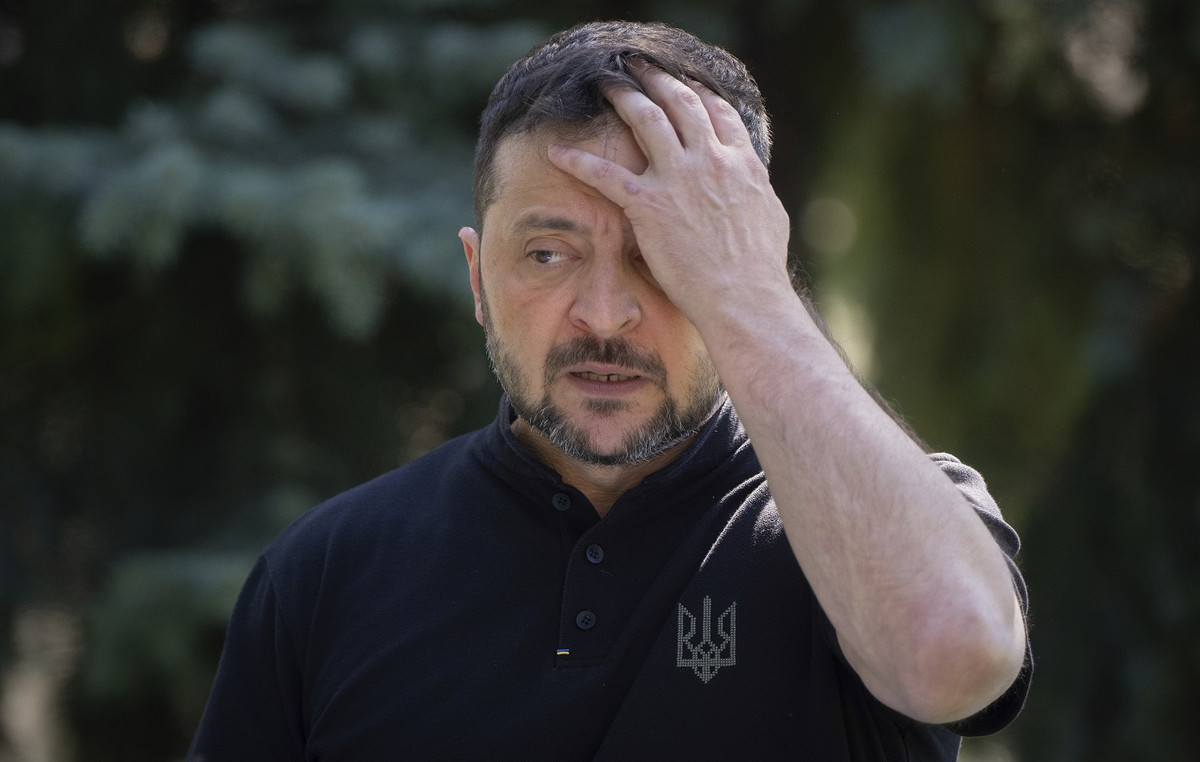A group of Brazilian scientists, in partnership with researchers in the Netherlands and the United States, identified the relationship of a protein with brain aging. It is a compound already known by the scientific community, called lamin B-1, present throughout the human body.
In an unprecedented way, the study identified that the presence of these proteins in the brain region decreases as individuals get older. This result may represent an advance in the understanding of cognitive deficit.
Despite the discovery, brains from patients with diseases such as Alzheimer’s and Parkinson’s were not analyzed in the research. Scholars from the Federal University of Rio de Janeiro (UFRJ) intend, in the long term, to advance the understanding of the differences between the brain of healthy elderly people and a person of the same age with one of these neurodegenerative diseases.
The work evaluated the nervous systems of both animals and humans to establish the associations between lamina B-1 and the aging process. The professor at the Institute of Biomedical Sciences, Flávia Gomes, and the postdoctoral fellow at the Ministry of Health (Decit), Isadora Matias, are responsible for the project.
“We characterized exactly the cell type affected by the decrease in this protein: astrocytes. They are essential cells in the functioning of the nervous system, due to the formation of memory and synapses. Identifying a phenomenon that causes this cell to stop working is important information, because it impacts on understanding how we end up moving towards a cognitive deficit”, explains Flávia.
The neuroscientist also highlights the possible consequences of the analysis. “What happens is that, as you age, there is a loss of memory, a loss of cognitive ability. Our next step, which is exactly what we are doing now, is to try to reverse this situation by increasing this protein. So, we would see, for example, if this animal starts to rescue the memory”, she explains.
According to Flávia, the study is divided into three stages, which consider the isolation in the laboratory of the nervous system cells from the animals’ brains, the evaluation of aged mice and the analysis of post-mortem brain tissue.
This last analysis concerns brain tissue from brain banks. “Family members donate the brains of people who have died. They are healthy elderly people and patients who died with neurodegenerative diseases or aging diseases. The brain bank in Brazil, at USP, is one of the largest in the world. This is something important, because we don’t work with living people”, he justifies.
The study’s conclusions were published in an article in the scientific journal Anging Cell, a reference in issues related to the biology of aging.
The article was funded by the Department of Science and Technology of the Ministry of Health (Decit/MS); the Foundation for Research Support of the State of Rio de Janeiro (FAPERJ); the São Paulo Research Foundation (Fapesp), the National Council for Scientific and Technological Development (CNPq) and the Coordination for the Improvement of Higher Education Personnel (Capes).
Source: CNN Brasil







